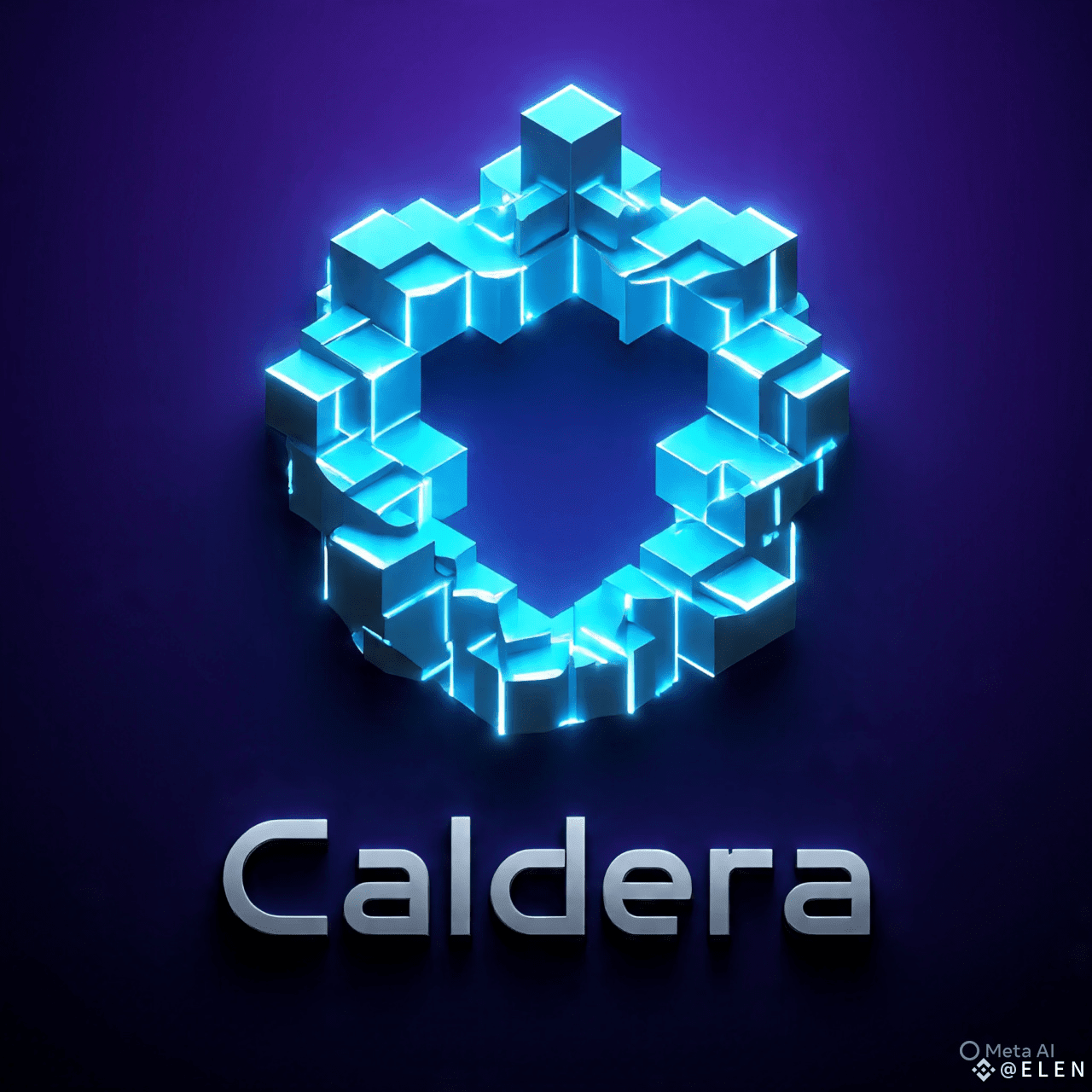
When you peel back the noise of the crypto market, the real question is always the same: what infrastructure is being built that actually matters? Caldera is one of those names quietly doing the heavy lifting for the future of Web3. It’s not chasing memecoins or hype-driven narratives—it’s solving a real pain point: scalability and customization for blockchain projects.
At its core, Caldera is a rollup-as-a-service platform. Think of it as the Shopify for blockchains. Just like Shopify enabled anyone to spin up a sleek, functional online store without needing to code from scratch, Caldera gives teams the power to launch their own high-performance rollups in minutes. Instead of being locked into Ethereum’s gas wars or fighting for block space, projects can run on their own dedicated chain—fully optimized for their community’s needs.
Why does this matter? Because Web3 isn’t one-size-fits-all. A gaming project has totally different requirements than a DeFi lending protocol. SocialFi apps thrive on fast, cheap micro-transactions, while enterprise chains prioritize security and compliance. Caldera hands over the keys, letting builders fine-tune throughput, gas mechanics, and even settlement choices—all without reinventing the wheel.
The impact is bigger than just speed. Liquidity fragmentation, UX bottlenecks, and dev complexity have long been the Achilles’ heel of new blockchain projects. By packaging infrastructure as a service, Caldera lowers the barrier to entry. Builders can focus on their product, community, and growth instead of spending years on back-end headaches.
The real kicker? Caldera integrates seamlessly into the existing modular blockchain landscape. It doesn’t see itself as a competitor to Ethereum, Cosmos, or Solana—it’s the layer that empowers these ecosystems to scale horizontally. In a market that’s increasingly about modularity over monoliths, that positioning is golden.
Looking ahead, I see Caldera as a crucial player in the 2026–2030 cycle of adoption. As institutions, gaming studios, and consumer-facing apps step into Web3, they’ll need plug-and-play infrastructure to match Web2 standards of speed and reliability. Caldera is positioning itself right at that intersection.
If you’re watching for projects with real-world utility, strong developer demand, and sticky product-market fit, keep Caldera on your radar. It might not make the loudest noise today, but it’s the kind of backbone tech that makes tomorrow’s billion-user Web3 apps possible.



